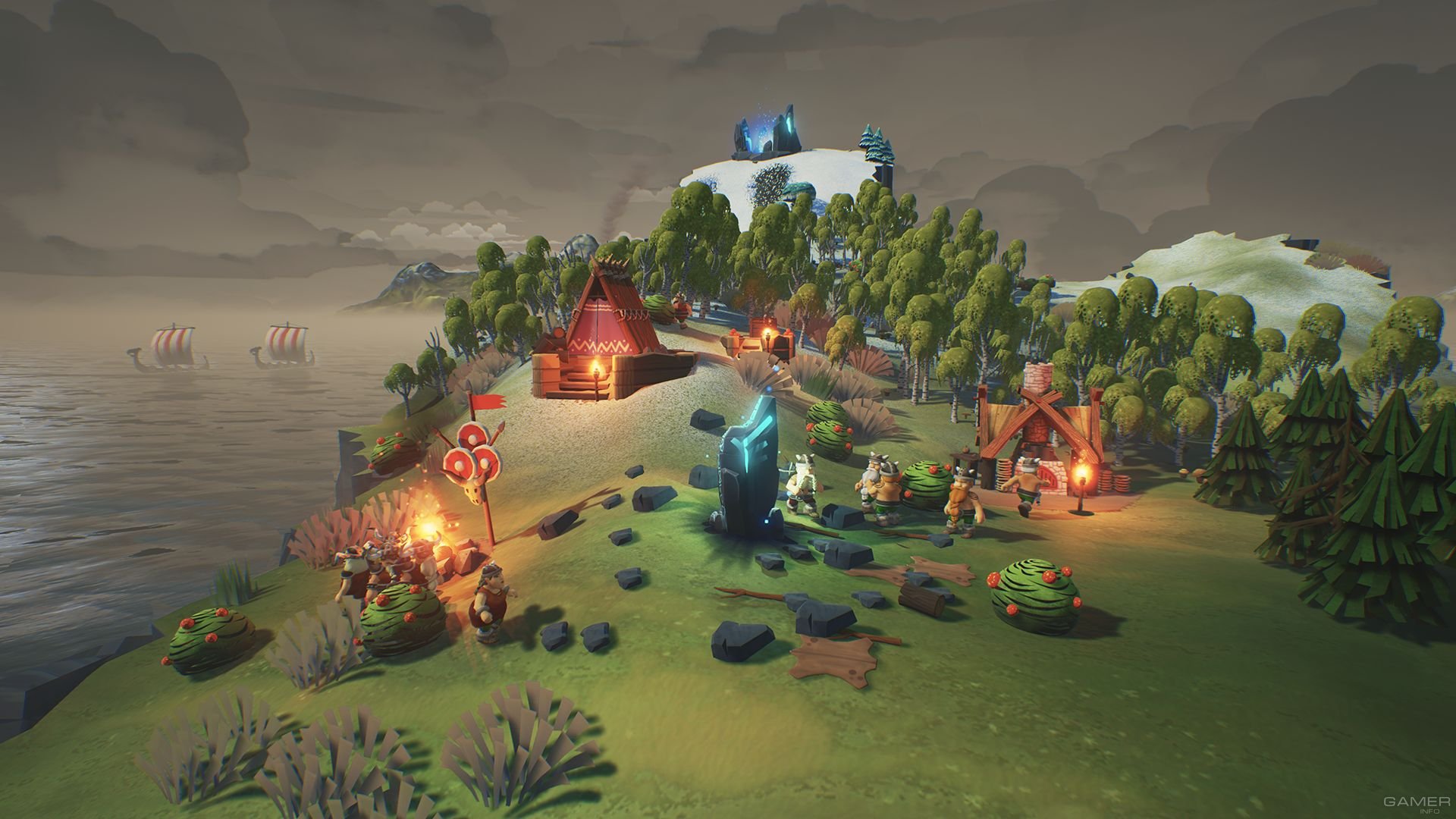
Trajectus Way: From Douegæt (also Downgate as in down to the river) to London Stone (Praetorium gate at Candelwic Stræt) Or the pattern of roads radiating out from London Stone (Millarium / Praetorium gate) on Candelwic Stræt one intersection south of the forum: no sign of Candelwic Stræt (modern Cannon Street) connecting toward Wæcelinga Stræt ("modern" Watling Street initially called Praetorian Way) and out through Newgate all the way to the North West.

It looks pristine in the game but is too small. The Basiclia and Forum in Lunden was three stories high, but partly destroyed in 4th century. In the game Jorvik is 3x the size of London 9th century Jorvik population is estimated at around 2000-3000, 9th century Lunden is estimated around 7000-12000 I believe. The Sulis Minerva temple is in Bath, not Lunden. Why are there so many Persian rugs in every house in every village across Saxon England? Persian rug ≠ "must be old house" The gate is 336 years too new and it's also missing the dozens of heads of traitors on pikes displayed on top. The fortification (Great Stone Gate) was only on the Southwark side. The first stone bridge with fortifications was built in 1209 AD. In all likelihood, the first wooden bridge across the Thames was built around 950 AD. London Bridge Fortifications at Ebgæt (Old Swan Lane / Oystergate), (east of Douegæt, Dour gate modern Dowgate) are a fantasy.

It is right on a river so there is no need. The colossal aqueducts are a complete fantasy. I feel like they got this kind of right in the game, but not clearly enough. The bustling heart of the city was Lundenwic itself (as it still is today! Piccadilly Circus, Covent Garden, Strand), as the roman ruins of the East were largely uninhabited save for Bretons who lived on the outskirts. The game seems to ignore the Saxon social division of the city by the Walbrook, Britons were known to have lived to the east (Cornhill), while the Saxons toward Ludgate Hill to the West (Lundenwic). If other historians want to chime in with details feel free. At this level of historical research a general knowledge site like Wikipedia is insufficient. It looks like the Ubisoft historian may have used this map from Wikipedia as a reference:īut that map contains a small amount of the buildings in London at that time. Much of what would have stood there in 873 AD is missing. I can't review all of England and Norway, but I can review London ( Lūndonjon / Lūndyn / Lunden).

As compared to Origins and Odyssey it is less. The quality of the geographical historical research done in AC: Valhalla surprised me. Who will call them out on historical quality standards. But before people say "It's just a game, just shut up and smile" Ubisoft should know there are people out there who know.


 0 kommentar(er)
0 kommentar(er)
